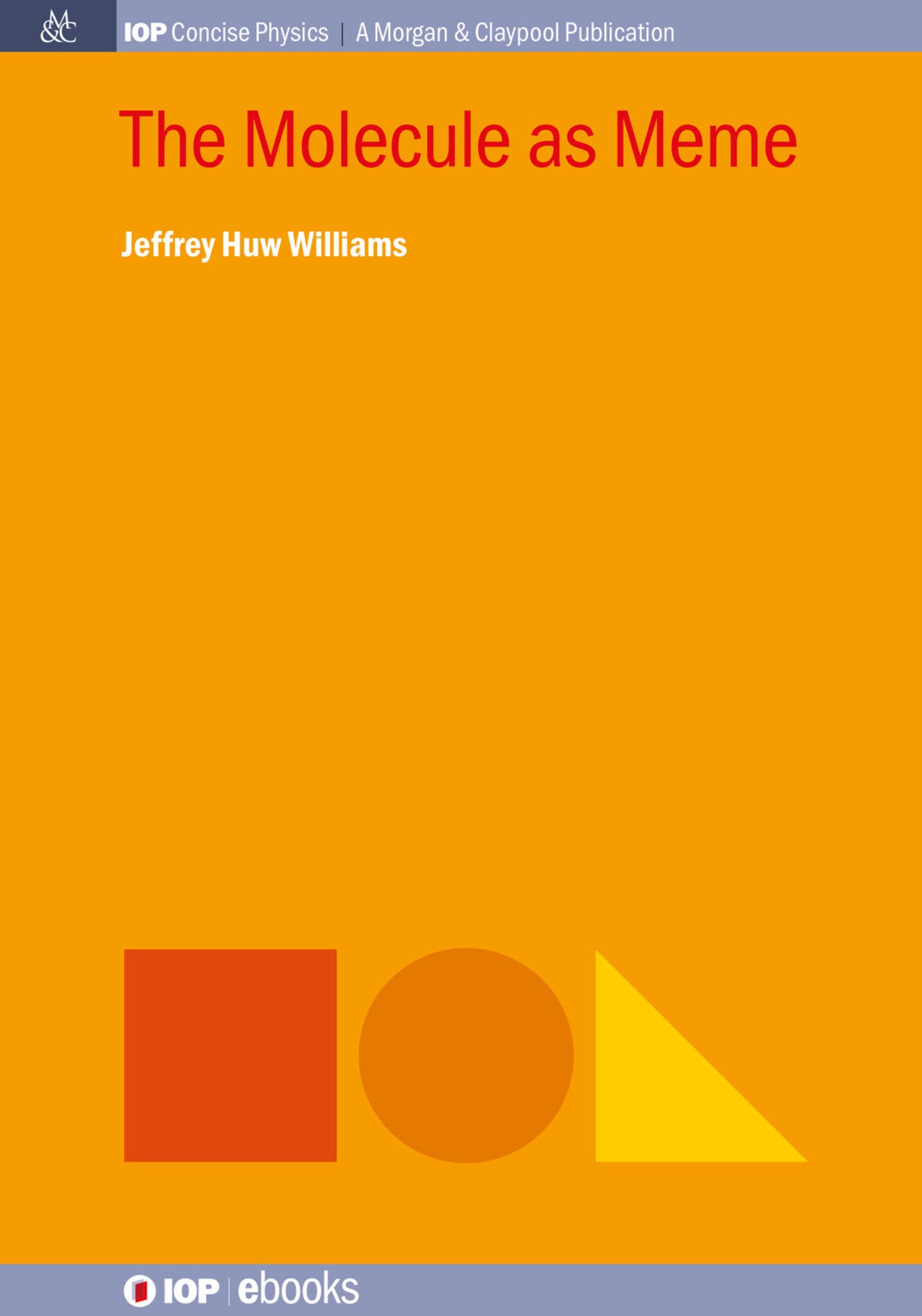We're sorry. An error has occurred
Please cancel or retry.
The Molecule as Meme

Some error occured while loading the Quick View. Please close the Quick View and try reloading the page.
Couldn't load pickup availability
- Format:
-
13 November 2018

Until the mid-1920s, many physicists did not believe in the reality of molecules. Indeed, it was not until after the physics community had accepted Ernest Rutherford’s 1913 solar-system-like model of the atom, and the quantum mechanical model of the coupling of electron spins in atoms, that physicists started to take seriously the necessity of explaining the chemical changes that chemists had been observing, investigating and recording since the days of the alchemists. This volume explores the concept of the molecule as a meme, or idea, that had been accepted in the chemistry community and then diffused outwards into the wider scientific community creating a new field of science, physical chemistry.

SCIENCE / Physics / General, SCIENCE / Mechanics / Thermodynamics, SCIENCE / Physics / Atomic & Molecular

• Introduction: Are molecules real? • Chapter 1: Atomism Greek atomism The atomic renaissance Early-modern atomic theory, and the birth of experimental science • Chapter 2: Order in the kinetic chaos Going inside the indivisible atom At the centre of the atom Wave-like, or particle-like? Heisenberg’s uncertainty principle • Chapter 3: How molecules have been viewed Some history • Chapter 4: The molecular meme: Avogadro and his constant Measurement of NA by X-ray crystal density (XRCD) methods The mole, or the quantity of something • Chapter 5: The reality of molecules The origin of physical chemistry Albert Einstein’s Ph.D. thesis Robert Brown and pollen grains Brownian motion Final comment • Chapter 6: A physical chemistry primer The debate about Brownian motion Continuum models Brownian motion and the molecular meme Osmotic pressure Brownian motion after Einstein Jean Perrin’s determination of Avogadro’s number • Chapter 7: How is energy partitioned in molecules? Degrees of freedom Translational energy and ideal gases Rotational and vibrational dynamics The end of classical physics Heat capacities Black body radiation and the birth of quantum mechanics A final point: entropy • Chapter 8: The quantum mechanical synthesis of chemistry and physics Coupling electrons together The angular momenta of multiple systems Term symbols The Pauli principle The Periodic Table of the elements • Chapter 9: Molecules and emergent properties Origins of complexity Complexity arising between atoms • Chapter 10: Making visible, the invisibly small: The interaction of molecules with electric and magnetic fields Molecular polarization The Clausius-Mosotti equation Equilibrium-averaged dipole moment The local field Dynamic electric and magnetic fields Maxwell’s equations Unit conversion The polarization of electromagnetic radiation Linear and circular polarization • Chapter 11: Optical activity Some background details about magnetic fields Experimental and theoretical details of optical activity The Faraday effect The Kerr effect • Chapter 12: From the point of view of the molecule A vector Cartesian tensors Some useful properties of tensors Isotropic averages of tensors Collision-induced light scattering • Conclusion: Molecules as microcosms Molecular motors The devil in the detail Quantum Brownian motors



